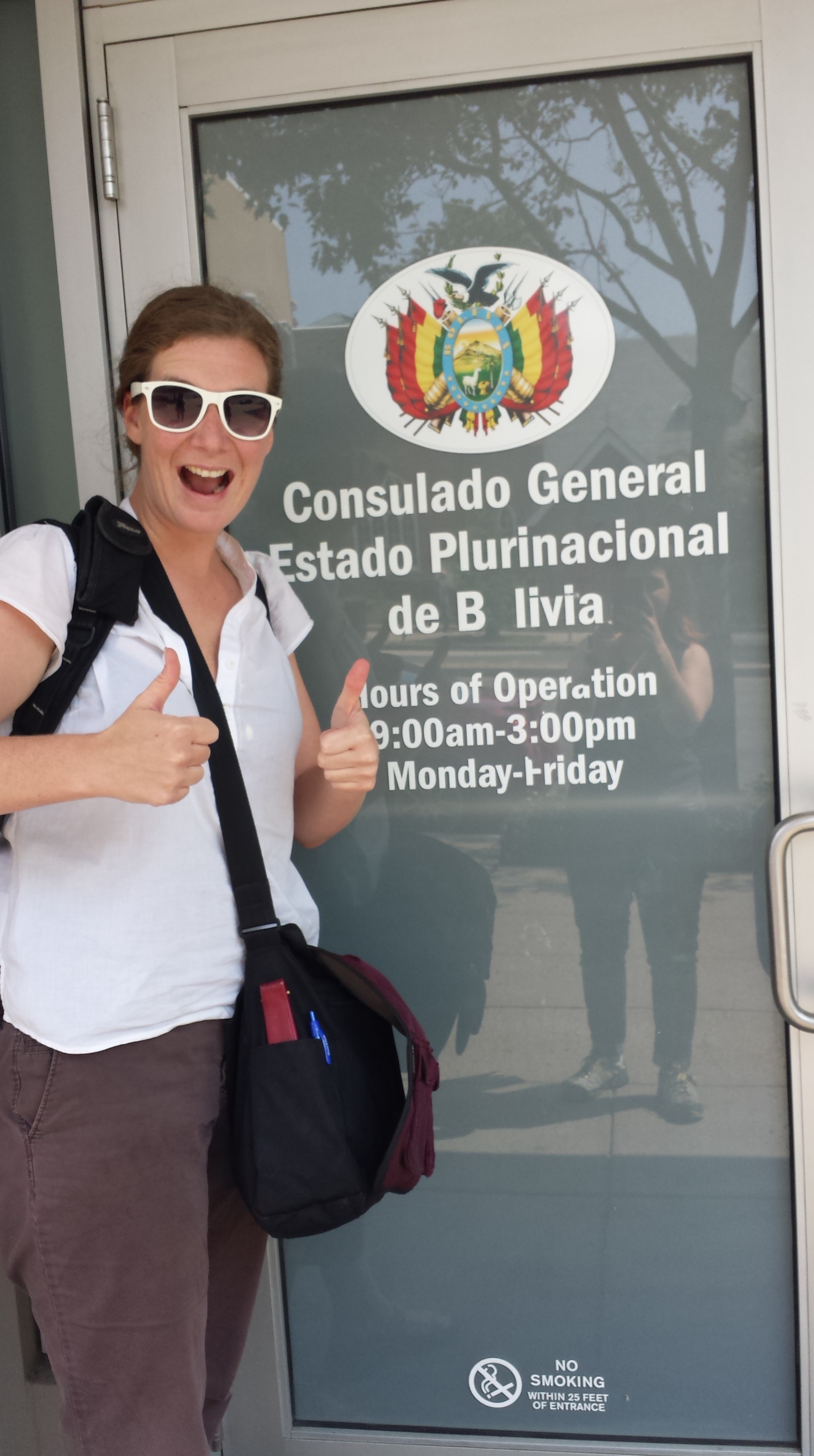Crossing borders correctly is of great importance when planning for extended travel. I anticipate at least 7 border crossings while hiking (not counting off-season/non-hiking periods). Navigating them safely and respectfully is essential to progress.
As Jan, co-creator of the Greater Patagonian Trail, and one of my top South America SMEs (Subject Matter Experts) advised:
I recommend to use only official border crossings where you get appropriate stamps in your passport. Every time you cross the border you get a “new” 90 days tourist visa. In the south [of Chile and Argentina] you have more regular border crossings, towards the north [between Chile and Argentina] there are only a few.
I recommend not to cross the border illegally since this might end your adventure. You may be given a few days to leave the country due to an immigration violation and you are not permitted to return very soon. You may try to apply for a special permit but I have no experience how easy or difficult this is.
Everyone I have spoken with who have traveled between the 2 southernmost countries of the Americas have indicated the same; crossing the border every 3 months is the way to go.
While visas are not required prior to arrival in either country, most every country in South America charge Americans a “reciprocity fee,” because we charge their people to come into the U.S. A tit for tat policy.
U.S. citizens traveling to Chile for recreation do not need to obtain a visa prior to their arrival in Chile. A Tourist Card will be issued upon entry for stays of up to 90 days. In 2014 the US added Chile to our Visa Waiver Program, so as a result Chile no longer charges US citizens the visa reciprocity fee.
A 90 day extension is possible if you pay an extension fee at the Chilean Immigration Office:
San Antonio 580, Santiago; telephone (56) 2 2550-2469.
Don’t lose your Tourist Card, though be prepared that it must be surrendered upon departure.
Travelers to Patagonia, primarily the Torres del Paine National Park, often seek to cross into Argentina at the Calafate crossing. Payment of a reciprocity fee is required to cross into Argentina, and there are no facilities at that border crossing to do so.
U.S. citizens do not need a visa for visits of up to 90 days for tourism or business in Argentina. Argentine law requires that, prior to arrival at any entry point, U.S. citizen tourist and business travelers pay $160 USD reciprocity fee by credit card online at Provincia Pagos. (For English instructions, check Online Payment brochure.) Print the receipt and present it to the Argentine immigration officer upon entry.
The fee is valid for 10 years from the date of payment and for multiple entries. It is advisable to keep multiple copies of the receipt, as it must be presented every time you enter Argentina. The fee applies only to bearers of tourist passports.
U.S. citizens visiting Bolivia as tourists must obtain an entry visa. Last year Bolivia went digital and though the website does not make it clear you must apply online and upload required documents before being issued the visa (toward bottom left of the page is a button titled ‘Visas’).
There is the option to apply at border crossings but this, much like obtaining the Argentine Visa, would require a lot of scrambling. I opted instead to swing through Washington DC and went to the embassy consulate to obtain my Visa. I am glad I did it this way.

The visa, now proudly stamped in my passport, has a 10 year valid date span. Per our research, this allows the bearer to enter the country three times in a year for a cumulative stay of not more than ninety days, though others have stated it is only valid for one entry. As with many policies, there are a lot of influences ranging from the political climate to how the official is feeling that day.
The tourist visa currently costs $160.00 at Bolivian consulates in the United States. Although online sources state “you can pay the fee in cash, by deposit to the Bolivian consulate’s bank account or by money order,” I was not allowed to pay in cash but was instead asked for my credit card. The source goes onto state “if you choose to apply for your visa upon your arrival to Bolivia, you must pay the $135.00 in cash to immigration authorities. The difference in price is subject to change.” That last line was enough to make me hop-to securing the visa ahead of time.

In addition to the visa fee, you must present (again, they now want it all uploaded online ahead of time): a visa application form with a 3cm x 3cm color photograph, a passport valid for at least six months, evidence of a hotel reservation or a letter of invitation in Spanish, proof of economic solvency (credit card, cash, or a current bank statement), and an International Vaccination Certificate for yellow fever.
Bolivian consulates in the United States are located in San Juan, Los Angeles, Miami, Minneapolis, New York City, and Washington, D.C.
I was grateful for Cynthia at the embassy as well as Anel and Jersen at the consulate who took pity on my technologically-challenged nature and assisted with the process.








